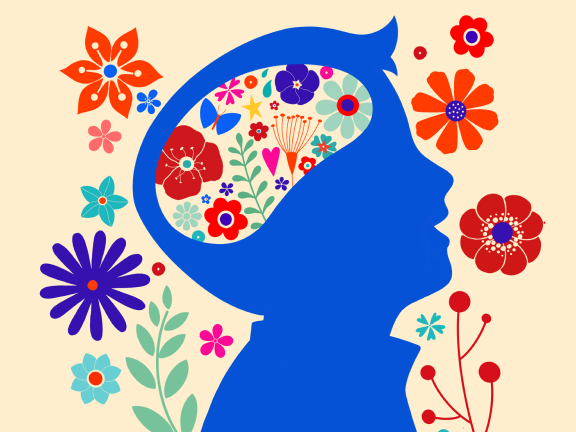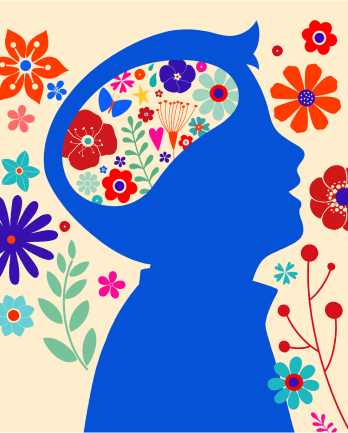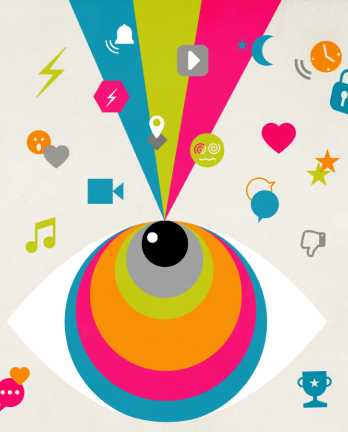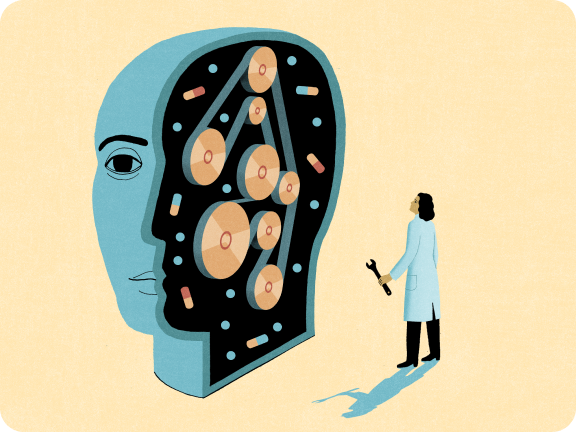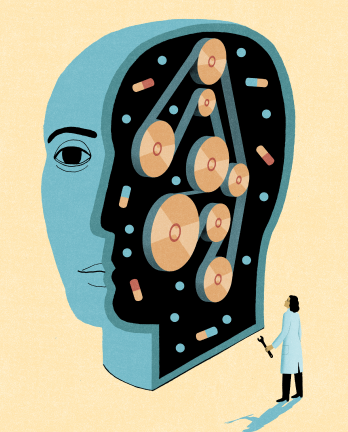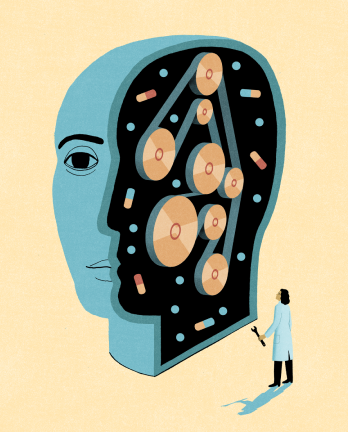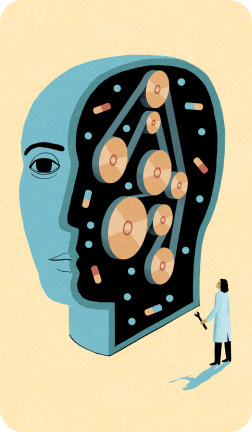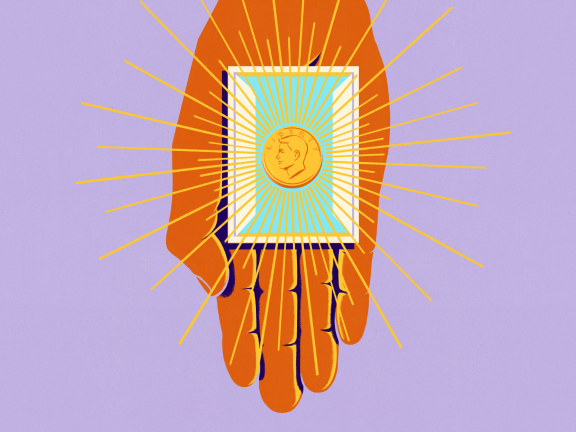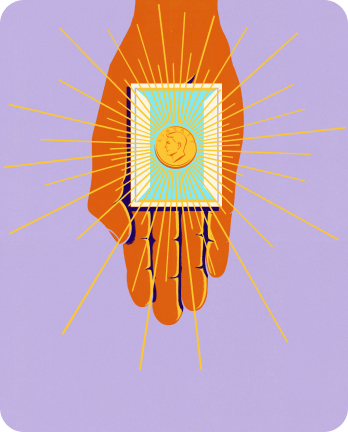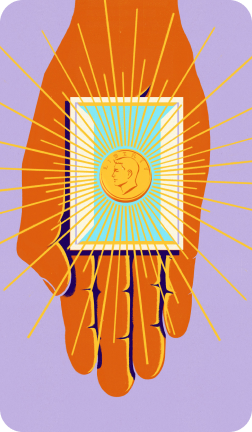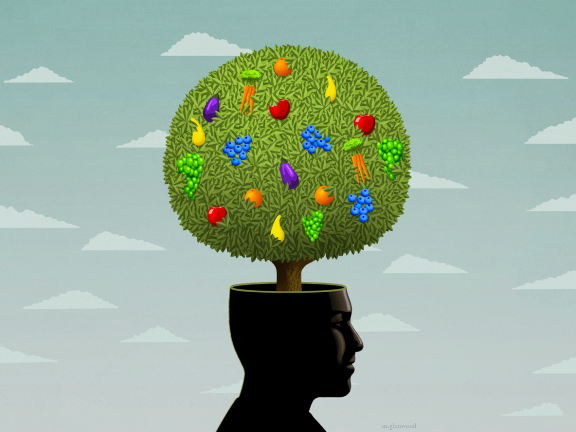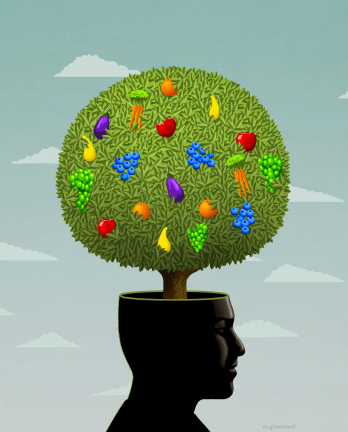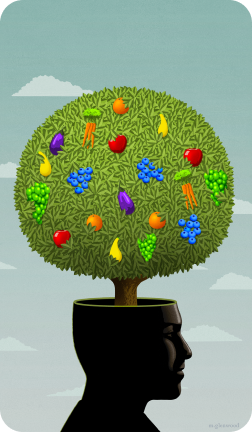Partner Content
This content was paid for by Jefferson Enterprise and created by INQStudio. The news and editorial staffs of The Inquirer had no role in this article’s creation.
This content was paid for by Jefferson Enterprise and created by INQStudio. The news and editorial staffs of The Inquirer had no role in this article’s creation.
Chronic isolation rewires our brains and undermines our mental health. Why real connection is more crucial than ever.
Chronic isolation rewires our brains and undermines our mental health. Why real connection is more crucial than ever.
Chronic isolation rewires our brains and undermines our mental health. Why real connection is more crucial than ever.
Chronic isolation rewires our brains and undermines our mental health. Why real connection is more crucial than ever.
ou may crave solitude or think of “me time” as a healthy antidote to the busy hustle and bustle of workday life—and it is—but chronic social isolation can lead to loneliness, and both are contributing to America’s mental health crisis. They’re a factor in heart disease, anxiety, depression, antisocial behavior, and even incidences of violence.
Loneliness was on the rise in the U.S. long before the COVID-19 pandemic and its social distancing protocols halted normal life (one need not be isolated in order to feel a lack of genuine connection with others). While requirements for physical distancing and isolation have eased since the height of the COVID lockdowns, reports of lack of companionship and infrequent social contact remain higher than in pre-pandemic years.
One in three Americans ages 50 and older reports feeling lonely some of the time, according to the University of Michigan’s 2023 National Poll on Healthy Aging. And now, with more Americans of all ages stating they feel isolated and lonely much of the time, loneliness is being examined in all demographics, including in young adults, teenagers, new mothers, and apartment dwellers living in urban settings.

With social media, no matter who you are connected to, the rest of the world is the ‘other.’ And at some point, the ‘other’ is something you see rather than a real, whole person.”
Dr. Andrew B. Newberg, research director at Thomas Jefferson University’s Marcus Institute of Integrative Health and professor in the university’s department of integrative medicine and nutritional science
The effects of social isolation require further health intervention and study, according to Dr. Baligh R. Yehia, president of Jefferson Health. In 2023, the health system updated its intake process to better assess the social needs that can impact a patient’s health or well-being.
“When we asked nearly 250,000 patients about their social needs, we found that social isolation/loneliness was at the top of their lists. For context, this response was even higher than individuals saying they didn’t feel safe at home, were food insecure, or struggled to pay their utility bills,” says Yehia.
What Isolation Does
Because we are a highly social species, the neocortex, which evolved to house the subtle and emotional intricacies of our social interactions, is larger in humans than in other animals. Just by looking at the brain, scientists can predict how many social connections someone has. Studies have shown that the more volume in the neocortex, the wider a person’s social network is. Having more friends and connections helps your brain grow and function at a higher level.
The social brain hypothesis proposes that the opposite is also true: A lack of social connections leads to less volume in the cognitive, social, and emotional brain centers. As our social connections dwindle, important brain structures shrink, including the orbitofrontal cortex, which governs cognitive thought, decision making, and social interactions, and the amygdala, which is responsible for how we perceive threats, when to act on our fears, and our fight-or-flight response.
Social interaction is a basic human need. A recent MIT study on the relative importance of food, water, and social interaction for survival found that when deprived of all three, the brain’s reward system lit up equally when presented with any of the three options. Even those who are “situationally lonely,” or feeling lonely due to temporary circumstances as opposed to being chronically isolated, experience a noticeable decline in their health. Changes in brain chemistry can be measured in as little as 10 hours of time spent alone, which causes inflammation and a rise in the stress hormone cortisol, in addition to other physiological changes in the body.
Social isolation also speeds up cognitive decline and impacts brain function. It is linked to a higher incidence of depression and anxiety, increased antisocial behavior, an inability to read social cues, and a lack of empathy. “Social connections rebuild resiliency and psychological health,” says Yehia.
5 Modern Causes of Isolation
There are a number of reasons why isolation has become a widespread personal and public health concern.
Remote work, flexible hours, and the gig economy offer many employees more control over how they work. More workers are also choosing to go it alone, preferring to start their own companies or simply switch to freelance or contractor status. But this new way of working also has the side effect of isolating people from what was once a major source of daily interaction.
Remote workers trade the social dynamics and the more collaborative environment of office life, which help maintain the brain’s cognitive and social skills, for flexibility. In McKinsey & Company’s 2022 American Opportunity Survey, 36% of respondents identified as independent workers, up from the 27% of U.S. workers the firm estimates were independently employed in 2016.
A decline in community events, including those held by local clubs, religious organizations, and senior centers, has reduced the opportunities that many depend on for social interaction outside of work. We have become increasingly disconnected from family, friends, neighbors, and other social structures.

Jefferson Health is aligning resources—our social workers and chaplains, community partnerships, and faith-based organizations—to create community-based social connectivity.”
Dr. Baligh R. Yehia, President of Jefferson Health
The digital connection provided by smartphones and social media can also distance us emotionally, according to Dr. Andrew B. Newberg, research director at Thomas Jefferson University’s Marcus Institute of Integrative Health and a professor in the university’s department of integrative medicine and nutritional sciences.
Researchers believe that digital social interactivity can’t replace what the brain perceives during in-person interactions. Digital interactions often isolate us from people who don’t see the world as we do, depriving us of opportunities to build new relationships and to learn from and listen to each other, says Newberg.
With social media accentuating the divide between “us” and “them,” online interactions can also have the counterintuitive effect of making us feel more estranged and angry. “With social media, no matter who you are connected to, the rest of the world is the ‘other,’” says Newberg. “And at some point, the ‘other’ is something you see rather than a real, whole person”—and harmful acts against others become that much easier to justify, he adds.
Perhaps one of the biggest ironies of living close to others in densely populated cities is that urban living contributes to feelings of anonymity and isolation. One reason is that cities are bastions of single-person households. In Washington, D.C., for example, nearly half of households are made up of just one person.
Abuse takes many forms, including isolation and neglect. Abusers often isolate their victims, sequestering them from family, friends, or other support networks that could help them escape toxic relationships or dangerous environments. Harsh parenting is another example of this; the most common form of maltreatment of babies and young children is parental neglect. The only thing more harmful than outright violence to children is neglect, which can have a lasting effect on their cognitive and social abilities later in life.



Bringing Us Together
Repairing the sense of isolation that can lead to feelings of distrust, hostility, and violence toward one another starts with finding common ground. The idea, says Newberg, is to create ways to mitigate differences and knit together members of the community in ways that are nonthreatening, enjoyable, and repeatable.
Britain, a pioneer of such efforts, established a minister for loneliness in 2018, before COVID was on the global radar. This position is responsible for innovating private-public partnerships to offer British citizens opportunities to get out and enjoy the company of others at activities such as songwriting workshops, community litter pickups, and nature walks.
Numerous mobile apps allow people to find events and gatherings tailored to their preferences. Akin to friend-matching services, these apps connect people who share common interests and encourage them to shift their focus from screens to real-world interactions, creating opportunities for genuine connection.
Cities around the world have been redesigning urban spaces since the 1990s with a focus on human interaction by, for instance, turning abandoned lots into parks or painting murals on buildings. By facilitating creative placemaking that brings people together, cities like Wytheville, Virginia, are securing grants to reimagine the urban experience as a shared small-town gathering.

When we asked patients about their social needs, isolation was at the top of their lists, above not feeling safe at home, being food insecure, or struggling to pay utility bills.”
Dr. Baligh R. Yehia, President of Jefferson Health
Third places are spaces people frequent outside home (first place) and work (second place), such as beaches, public lawns, and parks. They are locations where people can exchange ideas, relax, have fun, and forge friendships.
There has been a decline in such accessible public areas in the United States, with urbanization, commercialization, and shifting priorities contributing to this decline. The diminishing availability of third places underscores the need for continued efforts in urban planning and community development to ensure these essential venues remain available for societal connectivity and enrichment.
“As a leading care provider and university, we understand that it’s not enough to just screen for the social determinants that influence health outcomes,” Jefferson Health president Yehia explains. “We asked ourselves what we can do differently to help. We are working to align resources internally, whether it’s through our social workers and chaplains or through community partnerships and faith-based organizations, to create more community-based social connectivity.”
At Thomas Jefferson University’s Community and Civic Engagement Center, students are encouraged to participate in initiatives that help disadvantaged members of the community, including new residents and refugees. Through services such as preparing meals for the homeless, Jefferson students can connect with the community as well as one another and feel the benefits of paying it forward.
In fact, as part of its 200th anniversary in 2024, Jefferson Health launched a Bicentennial Service Initiative to drive volunteerism throughout Greater Philadelphia among Jefferson University’s employees, students, and alumni.
Reversing the Effects of Isolation
The brain’s neuroplasticity gives it the ability to change and adapt. Many neurological changes caused by isolation are reversed when we spend more time connecting and empathizing with others. The ultimate antidote to isolation and its impacts is building our social networks—the in-person variety—and the kindness and understanding that results.
The first step in social interactivity and finding meaning in a larger continuum, says Newberg, is to learn how to listen, try to better understand each other, find common ground, and build bridges of connectivity. This facilitates our understanding that we are part of something larger. It starts with us.


Connect with intention Generally, our social networks expand in our adolescence and early adulthood, level off in middle age, and then begin to decline in our older years. Connecting through service can be an effective way to expand your social network: Giving back provides a feel-good boost to the brain and creates a strong point of commonality with new potential acquaintances and friends.
Connect with intention
Generally, our social networks expand in our adolescence and early adulthood, level off in middle age, and then begin to decline in our older years. Connecting through service can be an effective way to expand your social network: Giving back provides a feel-good boost to the brain and creates a strong point of commonality with new potential acquaintances and friends.
Illustrations by Keith Negley
Home of Sidney Kimmel Medical College




















